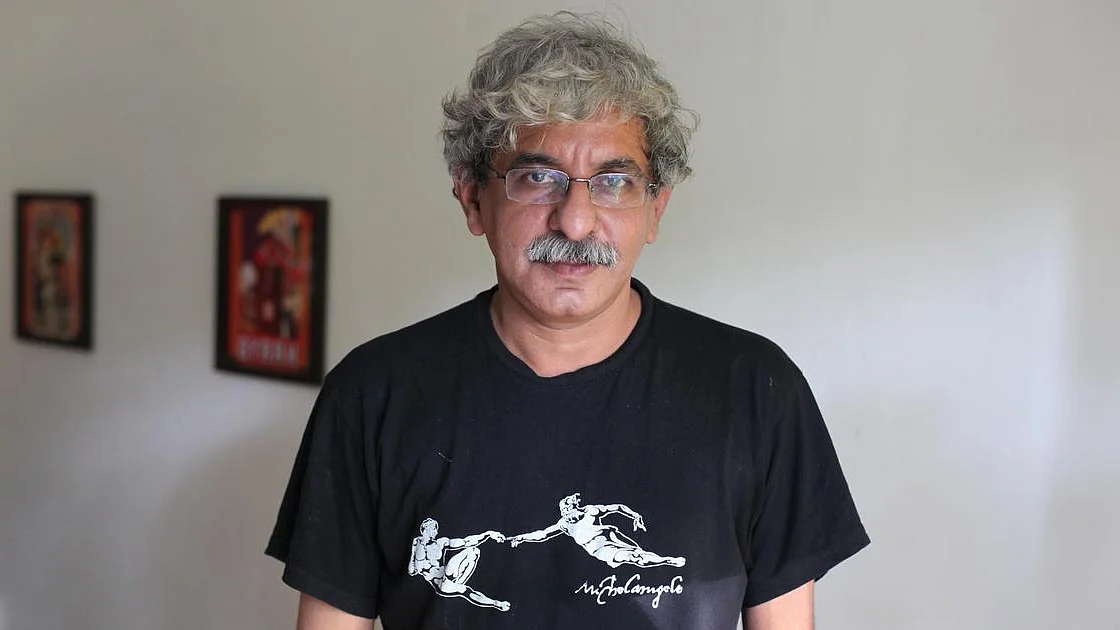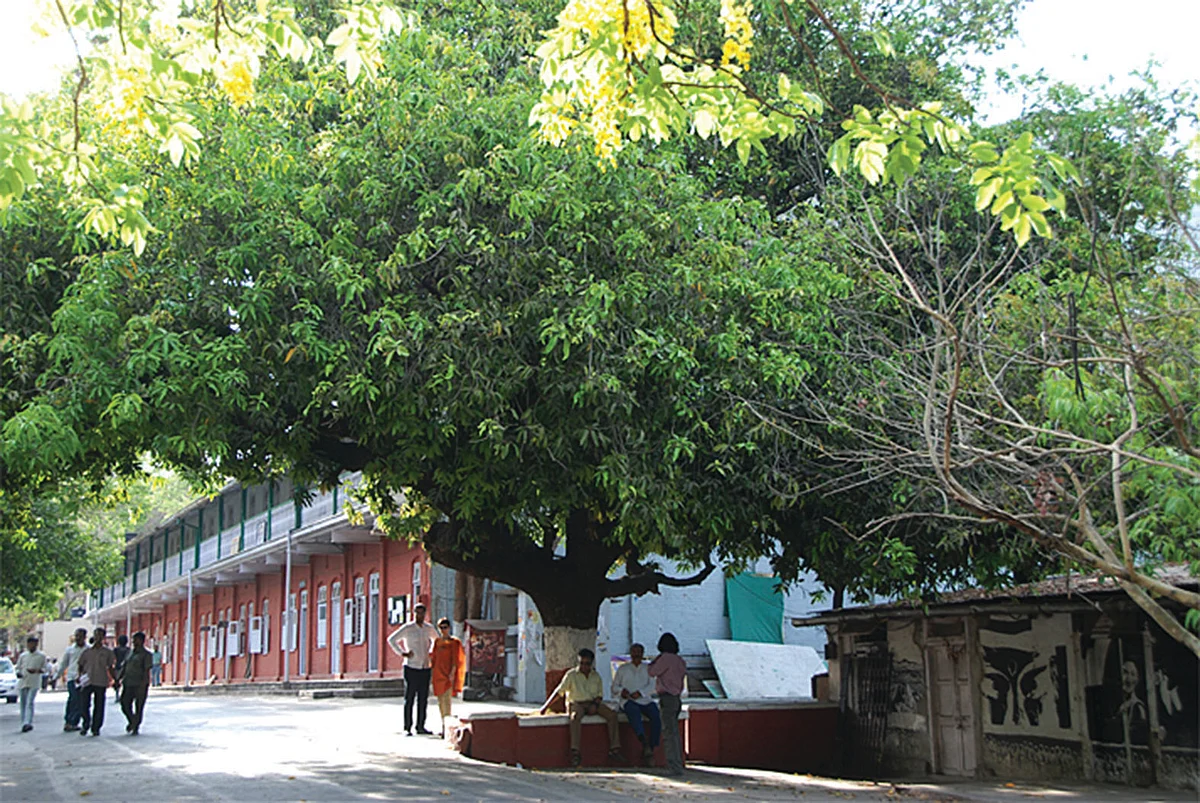Lights, camera…flashback: My days at FTII
Film director Sriram Raghavan remembers the magical time at the Film & Television Institute of India (FTII), Pune, through a series of interesting anecdotes

A few months after the release of Andhadhun (2018), I had a surprise visitor to the office with a bouquet of flowers.
“I loved your film, so just wanted to congratulate you”. It was Asrani. Believe me that bouquet was as valuable as many of the gold-plated awards that I got for the movie.
We got talking.
He didn’t know that I was also an FTII graduate. He told me he was from the first batch of the Institute. He had learnt about the proposed Institute in 1961, from an article in the Illustrated Weekly of India. His best friend, Mani Kaul chose Direction and Asrani chose Acting.
Of course, the film industry of the time did not give much credence or jobs to Diploma holders from the FTII then. So Asrani, after a brief struggle in Bombay, decided to return to Poona and take up a teaching job at the Institute.
Hrishikesh Mukherjee used to often come as Visiting Faculty for the Editing students. Asrani used to shamelessly badger him for roles but Hrishida used to brush him away. Until Hrishida came to the Institute searching for his Guddi. Asrani had a little part in Guddi as the guy who ran away from home to become a star and is now reduced to junior artiste roles, his dreams shattered. Asrani went on to do a dozen memorable films with Hrishida, including Abhimaan and Namak Haraam.
I didn’t know that David Lean had visited the FTII. He came in the early 60s, after Lawrence of Arabia. The sets for Dr Zhivago were being constructed in Madrid and Lean was on a break in India. Lean’s fourth wife Leila Matkar had some family in Kolhapur after which she got him to Poona and the Film Institute.
Lean was shown some diploma films made by the students at the Institute. His response after the viewing was, “…I can tell you which shot is from which German or Czech or French film. You should watch the films of V. Shantaram and Bimal Roy too.’ He turned to the teachers and said, ‘something is wrong with your teaching’.
Asrani spoke about the excitement when Satyajit Ray projected a rough cut of Goopy Gyne Bagha Byne at the Institute; and Ritwik Ghatak, who used to talk cinema with the students under a tree in the sprawling campus. The Wisdom Tree still stands.
Meanwhile, Mani Kaul made his first feature film USKI ROTI, based on a short story by Mohan Rakesh. He got it to the Institute for a screening.
“Kaul was a delightful man and a serious filmmaker” (Asrani’s comment). USKI ROTI is a seminal film that dispensed with plot and conventional narrative traditions. Naturally, such a film can be an endurance test for uninitiated audiences. Many coughed, feigned illness and left the screening, under cover of darkness. Finally, when the lights came on, there were only a few diehards left in the audience.
But it didn’t matter to Mani. He strode up to the stage, ready for a Q & A session. The crowd was quiet. Nobody asked any question, prompting Mani to ask “Would you all like to see it again?
“Arre baba, we all ran out”, said Asrani with a laugh.
***
As for me, I joined the FTII, thanks to kismet. I had given the entrance exam as a lark and when I got the interview call, I was already working with Mukul Anand, the upcoming hotshot director in Bombay.
We were shooting in KHANDALA for Aitbaar, a remake of Hitchcock’s Dial M for Murder. It was a three-day schedule and the interview date was bang in the middle of it. We were shooting a crucial scene where Dimple, the leading lady, is about to commit suicide when she hears a song… I wanted to be there and watch the process of shooting a song. Plus, a third assistant can’t ask for leave.
And kismet knocked. One of the stars had some urgent work in Bombay, and we got a two-day break. I decided to go to Pune since my parents lived there. And since I am in Pune, might as well go for the interview.
NVK Murthy, the genteel director asked me, if you are so happy working in Bombay, why do you want to join here?
I forgot my answer, but I got in.
The ball was in my court. To join or not to join.
Mukul totally encouraged me. He could foresee the growth of television and the digital medium…I wondered if he thought it was a good way to politely get rid of a terrible assistant.
During this time, I was also working for Trade Guide as a reporter and had to interview Saeed Mirza about his latest film Mohan Joshi Haazir Ho. Saeed, a successful Institute alumnus, was perhaps the best person to advise me.
Should I join the Institute? His answer is forever.
He said that an Institute will polish pebbles and dim diamonds.
***
1984. Times were different. We had a paan shop inside the campus, next to the canteen, opposite the main theatre.
We could smoke and drink chai in the theatre.
One morning, a print of Vijay Anand’s Guide was being checked and I sneaked out of class to watch it. Interval. I went to get a chai and there was a crowd at the paan shop.
On the radio we heard that Indira Gandhi had been assassinated.
Later I came to know that she had been the I & B minister when Guide was facing censor problems for its bold theme and she had facilitated the release, overruling the Censor committee’s objections.
The FTII was a place where we walked, talked and breathed cinema. Every film was not everyone’s cup of tea and there were passionate, often pointless debates on films and makers. It taught me the importance and profit of understanding a contrary point of view.
The Diploma film is the final project…We drew lots to decide who’d shoot first. I would have preferred last, so I could see how others are handling their films. But my name came first. I had to submit the script in three weeks while everyone left for the film festival in Delhi.
I tentatively sounded out the idea. On paper it seemed like a huge film…with over 40 locations to be shot in 12 days. And a whole host of supporting actors. Sahir Ludhianvi’s ‘Saathi haath badhana’ comes to my mind right now.
Almost every student , from across batches helped us pull it off. My production girl Sophie woke up my old Catholic school teacher Mrs D’Sa in the middle of the night to borrow her wedding gown for a scene. For the war sequence, she got an appointment with a top army man.
The reputation of the FTII helped us too. The officer allowed us to shoot an actual war exercise they were doing. I got more than I dreamt of… and thanked him profusely. Sophie said thanks to him too. The officer said, mention not. Her reply: I didn’t say thanks, I asked if we can get tanks.
I remember his incredulous look.
***

One afternoon under the Wisdom Tree:
I remember once as a student, eavesdropping on two seniors animatedly discussing an esoteric European film. Major jargon and film theory was being bandied about. Words like structuralism, semiotics, intertextuality and reality flew in the air.
Also sitting under the tree was the craggy Shedge Saab, the driver…a veteran from Prabhat Theatre times. He was smoking his post lunch beedi and listening to them.
I wondered what he understood. Finally, he stubbed his beedi and interrupted them. “Bahut knowledge hai, abhi kuch karo.” And walked away like Clint Eastwood.
(Extract from the commemorative volume 'Being FTII: Perspectives on the Film and Television Institute of India'. FTII celebrated the institute’s 60 years in 2020)
Follow us on: Facebook, Twitter, Google News, Instagram
Join our official telegram channel (@nationalherald) and stay updated with the latest headlines
